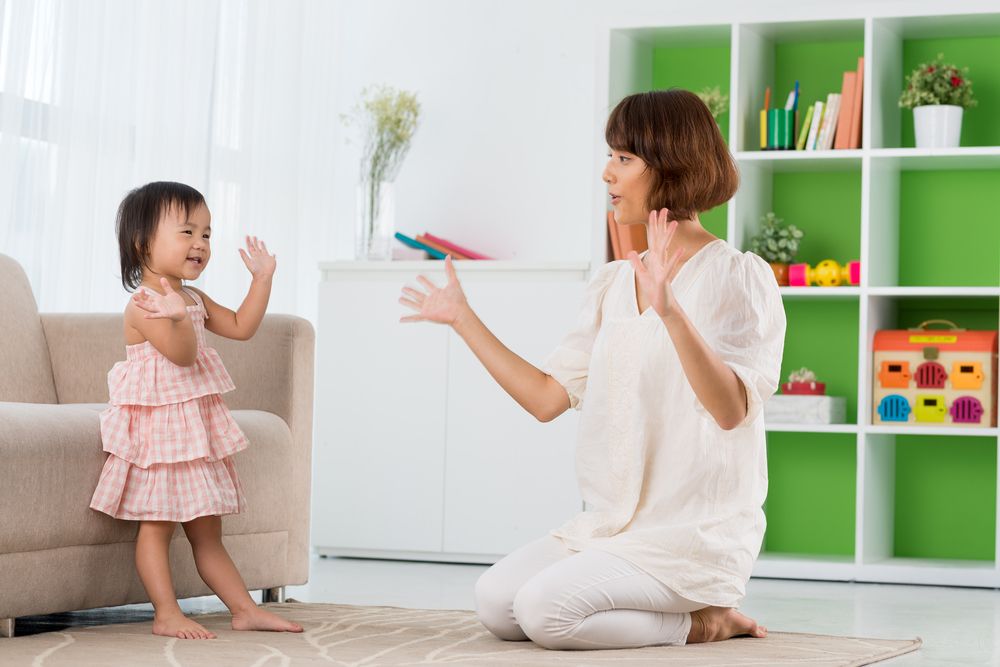The magic of dance in early childhood
Published on Wednesday, 13 November 2019
Last updated on Tuesday, 31 December 2019

Dancing is a great activity for young children, and whether your child is free styling to The Wiggles or learning ballet like Prince George, this kind of body movement has both physical and non-physical benefits.
From a very young age, children respond to music with movement, and although dance comes naturally to little people, there are some great reasons to encourage it in your child's early years.
1. Dance promotes healthy physical development
The National Dance Education Organization (NDEO) says that, 'Dance involves a greater range of motion, coordination, strength and endurance than most other physical activities.' And though babies respond to music by smiling, swaying, and clapping, the toddler years are when children start to bob up and down, move from side-to-side, turn in circles and start using their arms when they hear music.
From there, children experiment with more complicated choreography, and because dance uses your child's whole body, it provides opportunities to develop:
- Flexibility
- Fitness
- Balance
- Spatial awareness
- Muscle strength
- Endurance
- Aerobic fitness
- Coordination
- Kinaesthetic memory (how muscles remember movements)
Overall, dance is a fun way to get exercise, and while kids are developing their movement skills and using the hundreds of muscles in their body, they're also giving their heart and lungs a healthy workout and feeling the benefits of an active life.
2. Dance supports your child’s cognitive development
The experts at Stagecoach say that dancing improves young children's mental dexterity, and this thinking is backed up by an American study which found that, 'Exposure to music and music instruction accelerates the brain development of young children [aged six and seven] in the areas responsible for language development, sound, reading skills and speech perception.'
When it comes to younger children, the ABC says that, 'Preschoolers learn about meaning, story and emotion through dance and music,' and according to the NDEO, learning dance in early childhood helps youngsters:
- Develop knowledge
- Gain sensory awareness
- Solve movement problems
- See different perspectives
- Communicate (both before and after they can speak)
- Better understand the world
3. Dance promotes emotional maturity
Dance also has a positive effect on your child's psychology and emotional development. It feels good to move to music, and dancing gives your child a chance to chance to express emotions (such as joy and excitement), shake off a bad mood and enjoy being imaginative and creative.
As well as being a mood-enhancer, dance is also a great way for your child to:
- Gain self-confidence
- Build self-esteem
- Feel motivated
- Generally improve their wellbeing
4. Dance raises social awareness
Whether your child is doing the Hokey Cokey at daycare or practising group routines at calisthenics, dance brings people together and encourages social interaction and cooperation.
It often involves teamwork, patience and listening, so is a great way for your child to practice essential life skills and think about themselves in relation to their peers. They might be imitating others or taking the lead, but either way, dance provides opportunities for children to support one another and learn the art of social awareness.
Dance is a fun activity that has serious benefits for your child. It helps them connect, learn, communicate and feel good. So, whether your child shows early promise as a prima ballerina or just loves throwing themselves around the dance floor, it's a great idea to make music and dance a key part of their early childhood.
References and further reading
National Dance Education Organization
What to Expect
Stagecoach
ABC
The role of sound play in early childhood services
Related Articles

Let's get physical - How much exercise should children be doing?
Physiacal activity guidelines for kids in care to support optimal physical wellbeing.

Why risky play is important for young children
Safely providing children the freedom to explore new experiences and challenges, and venture into territory that isn't 100 per cent safe.

The Active Play Guidelines for young children
It's important for babies, toddlers and preschoolers to be busy, but the big question is - how active and how rested should under-fives be?
